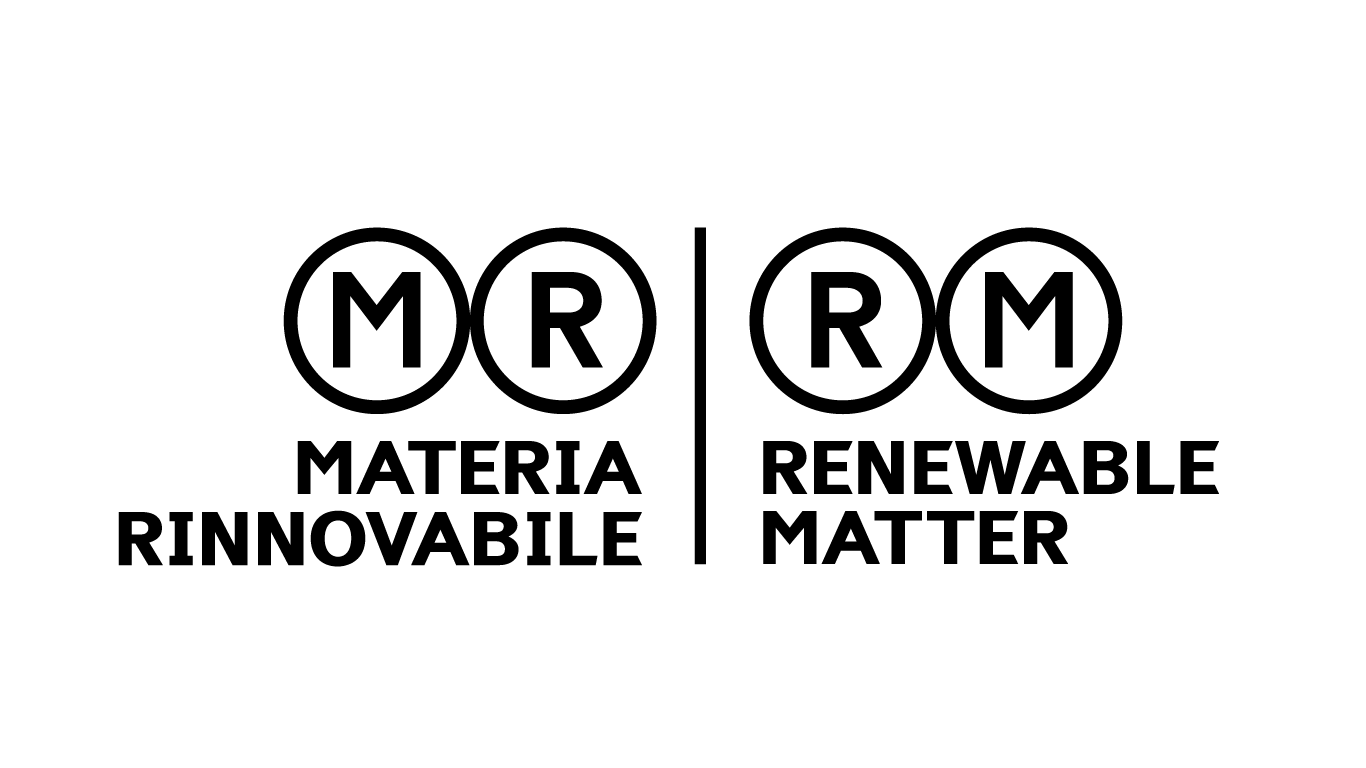This article is also available in Italian / Questo articolo è disponibile anche in italiano
Is a tonne of CO₂ always a tonne of CO₂, no matter the country or industrial sector? It might seem a trivial question, yet it lies at the heart of every carbon accounting process.
This applies both to national inventories drawn up under the requirements of the UNFCCC’s COPs and to the quantification of greenhouse gas emissions by businesses, widely reported voluntarily in the market.
These are the so-called carbon footprints, which collect all direct and indirect greenhouse gas emissions (GHG) as a single value in carbon dioxide equivalent (CO₂e). Companies quantify the impact of products and organisations to establish an initial benchmark of the impacts on climate change, enabling them to embark, in an informed way, on their decarbonisation paths.
Therefore, having standardised methodologies for quantifying these GHG emissions takes on a double significance. It is important for companies that wish to reliably track their improvements over time, and it is also essential in allowing them to better understand their position in terms of “climate risk” compared to their competitors.
For this reason, ISO (the International Organization for Standardization) has, since 2006, developed a package of voluntary standards capable of covering all dimensions of carbon accounting: from product and organisational carbon footprints to the quantification of emission reductions through projects, from verification and accreditation procedures to the competence requirements for verifiers, through to carbon neutrality and the standard on Net Zero, which is currently under development.
Standards are periodically revised to ensure they remain updated with the evolution of the international regulatory framework and with emerging market needs. It is enough to consider that, when the first revision of the ISO GHG standards package was launched, the Kyoto Protocol had yet to be ratified. Today, we all operate within complex, binding national or regional frameworks developed in the context of the Paris Agreement, as in the case of the European Green Deal.
But the needs of businesses are also constantly evolving. It is no coincidence that the current revision of the product and organisational carbon footprint standards was initiated precisely because those needs have changed. Initially, the two standards were applied independently, depending on whether a company chose to work on reducing the impacts of its products or of the organisation as a whole. Today, however, these approaches are increasingly integrated within companies, as complex decarbonisation trajectories require an approach that integrates product and organisational policies if they are to be effective.
For this reason, the two ISO working groups on carbon footprints are now working jointly, maximising the alignment between the product and organisational standards. This starts with a shared structure and index, and includes new, fully identical text sections on key issues such as the quantification of biogenic emissions or those linked to electricity consumption.
However, there is one weakness that ISO has proven unable to resolve thus far: its lower competitiveness in terms of the dissemination of its standards compared to the GHG Protocol.
The key factor is that GHG Protocol standards are freely available, unlike ISO standards, and are developed through a process based on less complex mechanisms for managing international consensus.
Some private-sector sponsors further heighten the differences between the two approaches, such as the 9.5 million dollars donated by Jeff Bezos to the GHG Protocol. It is undoubtedly a significant signal of the interest in promoting voluntary standardisation, but it also calls for caution about potential conflicts of interest on behalf of large corporations when requirements in standards are established.
The cost of an individual standard is not necessarily a prohibitive obstacle for a small or medium-sized business. However, it remains an important barrier to the wider dissemination of knowledge, something essential if these methodologies are to be incorporated into binding settings.
An interesting example comes from a US expert, a member of the ISO working groups, who shared a striking case. When she was working at the White House, she received a request for information on the content of the ISO standard on organisational carbon footprints (ISO 14064-1). To access it, she had to initiate an internal purchasing procedure, which took around ten days to complete, due to the various administrative and authorisation steps involved. By contrast, consulting the GHG Protocol was as simple as downloading the document from the internet.
The situation in Europe is perhaps even more critical. The European Commission encounters similar difficulties in accessing the content of ISO standards when assessing their relevance for regulatory purposes. What’s more, a debate is now underway over whether it is legitimate to refer to documents that are not freely available to the public in the European legislation.
Yet the value of participation and transparency in the development of ISO standards remains unequalled in the world of standardisation.
This is underlined by Professor Annette Cowie, of the NSW Department of Primary Industries and Regional Development, who has represented Australia from the very beginning at the ISO tables for the development of product carbon footprint standards. “Taking part in the ISO working groups opened my eyes to other perspectives,” Annette explains. “The ISO standard development process is inclusive and consensus-based, ensuring that all stakeholders can contribute their input to the draft texts, propose changes, and help build and approve every resolution and decision. Every voice is heard.”
It is quite normal for ISO working groups to bring together representatives of major corporations, such as Dow Chemical, Apple, or Netflix, alongside those from public bodies like the Austrian and French environment agencies, as well as universities, consultancies, verification and standardisation bodies, and NGOs. Moreover, the experts who take part in these working groups genuinely come from every corner of the world.
The need for the two principal carbon accounting standards to be made freely available on the market is a demand that has also formally arisen within the ISO community itself. It has been reiterated on several occasions by the subcommittee responsible for climate change standardisation, without seeking to call into question the business model of the standardisation bodies, which has always been based on the sale of standards to finance the entire system.
It should also be remembered that in September 2021, ISO signed the London Declaration, an important benchmark through which “ISO hereby commits to work with its members, stakeholders and partners to ensure that ISO International Standards and publications accelerate the successful achievement of the Paris Agreement.”
A call for coherence with this commitment comes from Romain Poivet, coordinator of the ISO working group responsible for revising the organisational carbon footprint standard.
“ISO should remove any obstacles driven by economic interests and provide access to the essential standards in order to respond to the acceleration of climate change and address the urgent need to transition to a low-carbon world. This is a matter of public interest, and ISO should at the very least act in the same spirit as the many experts who give their time freely for the development of these standards.”
A sort of call for consistency directed at an organisation that cannot pledge itself on paper through the London Declaration without making the essential products of its standardisation work available.
Cover: Envato image



